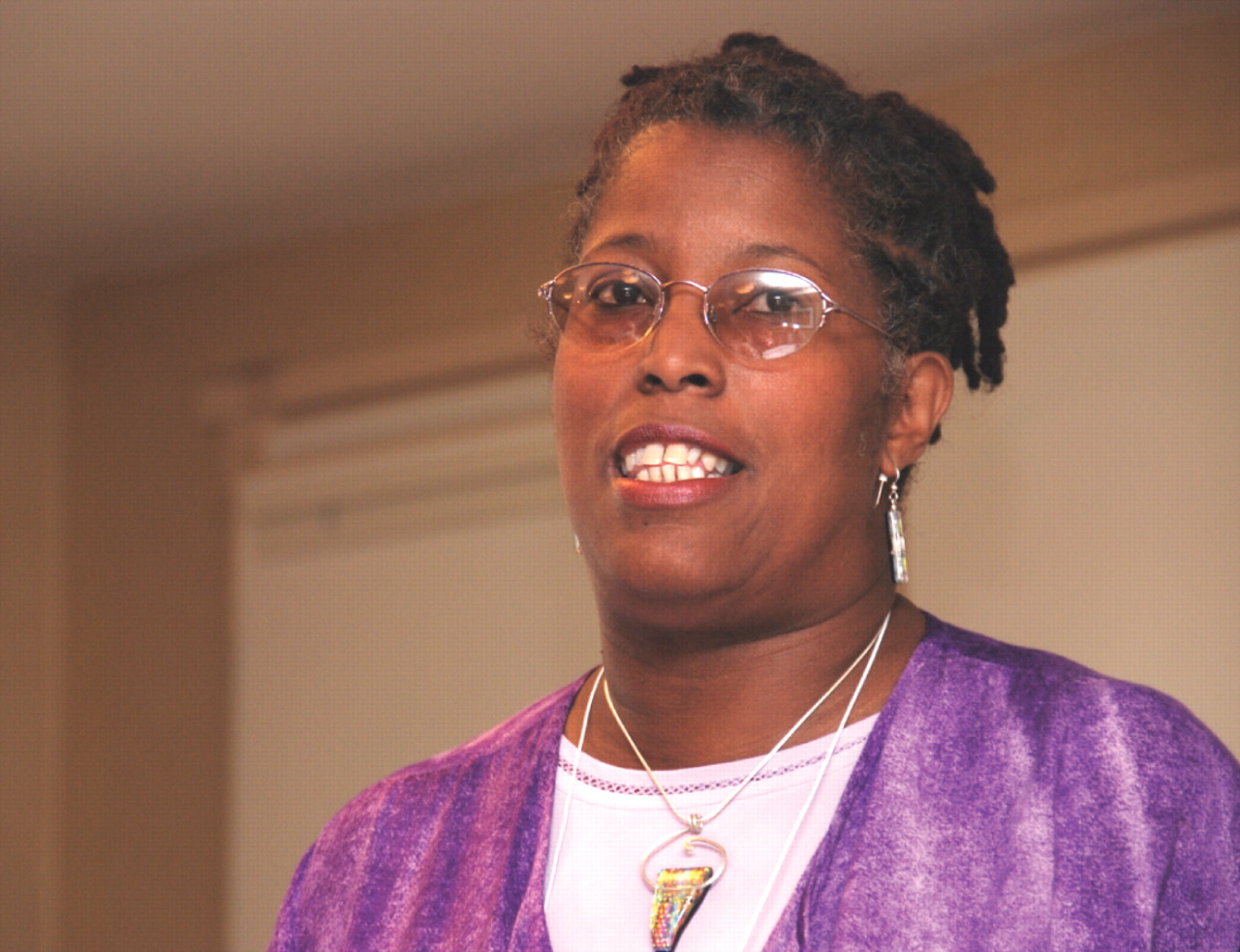Psychiatrists and mental health professionals are steadily learning—and placing into practice—that preventing youth suicide among minority populations means understanding the social context in which members of those groups often live. Society discriminates doubly against African Americans and homosexuals, for example, both for whom they are and for any mental illness they may have, a combination that can increase the risk of suicide, two speakers said at the Suicide Prevention Action Network meeting in Washington, D.C., in July.
A century ago, it was a common belief in psychiatry that African Americans were too “unsophisticated” to get depressed or commit suicide, a characteristic attributed as well to other marginalized ethnic groups such as Chinese or Eastern European immigrants, said Sherry Davis Molock, Ph.D., M.Div., an associate professor of psychology at George Washington University. Some of that bias remains, predisposing clinicians to errors in diagnosis and treatment, she added.
While suicide rates among African-American youth were once lower than for whites, those rates have increased sharply over the last 30 years, especially between 1980 and 1995. Today, suicide ranks as the third leading cause of death among African Americans aged 15 to 24, after homicide and accidents.
Clinicians should take extra care in evaluating potential suicidality among these youths. Conventional suicidal symptoms may not be obvious at first in some minority groups, said Molock. For many cultural and social reasons, African Americans are more likely than whites to signal suicidality as behavioral or somatic complaints than as the classic sadness of depression, she said.
For example, because of cultural or religious stigma attached to suicide, some black youth may engineer their own deaths by “victim-precipitated homicide,” by confronting police or others who will use deadly force to respond to the provocation.
Also, more young African-American men die of drowning than any other ethnic group studied. That may be partly a measure of not knowing how to swim but it may also indicate unrecorded suicidality, since medical examiners may not be thinking suicide when listing the cause of death.
“Blacks will express little suicidal intent, even when asked,” she said. She recalled the case of one of her patients, a student who swallowed crushed glass but told doctors in the emergency room that it was an“ accident,” and was promptly discharged home.
“If it looks like a suicide, it probably is,” she emphasized.
Stigma Is Ever Present
Mental-illness stigma in the African-American community is frequently expressed as denial, she said. When a whole community is stigmatized, its members don't want to make it worse by admitting a “failure” such as committing suicide. With her divinity degree, Molock, who is black, has been able to speak the language of church leaders, who play an important leadership role in the black community, urging them to take a less-rigid view of suicide and its causes.
Condemnation of suicide is based more in cultural tradition than theology, she said. While respecting the clergy's religious teachings, she also tries to explain how denunciations of mental illness and suicide are hurtful and can dissuade listeners from seeking treatment. She also notes that churches can provide troubled young people with a sense of community, a chance to help each other, and a place for group activities.
Other barriers—such as lack of insurance coverage or access to health facilities—have to come down, she added. And, she noted, there are too few psychiatrists in underserved neighborhoods to meet the demand for treatment, so primary care clinicians must shoulder the burden of care.
Gays, Lesbians at High Risk
Higher rates of depression, suicidal ideation, suicide attempts, and completed suicides are also present among young members of sexual minorities, reflecting not only the general travails of adolescence but the added stigma of being gay, lesbian, bisexual, or transgendered, Effie Malley, M.P.A., senior prevention specialist with the Suicide Prevention Resource Center in Newton, Mass., told the group.
“The time of disclosure [of their sexual orientation] is a really vulnerable period for kids, and it's happening at younger and younger ages,” she said.
Epidemiological studies report that 47 percent of gay or bisexual boys and 73 percent of gay or bisexual girls have thought about suicide, compared with 35 percent of heterosexual males and 53 percent of heterosexual females in their peer group, she pointed out. Young gays or lesbians are three to seven times more likely to attempt suicide than their heterosexual peers, but empirical data linking completed suicide to sexual orientation are sparse.
“Gender nonconformity” is itself a risk factor for suicidality, she said. “It is especially pronounced when a young person comes out too early or not at all,” experiences internal conflicts about his or her sexual orientation, is involved in family conflicts over sexual orientation, or is bullied and victimized at school.
Clinicians need to be cautious about use of language, even when inadvertent, that might turn off young people who are in the midst of grappling with their sexual orientation, she noted. Asking a young man if he has a “girlfriend” can signal that a doctor or counselor is unwilling to face the boy's true feelings of sexuality.
However, protective factors such as family connectedness, having a caring adult or positive role model in their lives, or going to school in a safe and supportive environment can mitigate some of the factors than can increase suicide risk.
Both racial and sexual minorities at risk for suicide can benefit from culturally competent programs that address known risk and protective factors, said Malley. ▪

